Jungle Book
Cannabinoid THC Dominant
THC 20 - 23%
CBD 0.64 - 0.85%
Effect Giggly
Side Effect Heightened sensory perception
Flavor Spicyherbal
All AboutJungle Book Strain
THC
CBD
Potency
Jungle Book strain merges the unique genetics of two unknown hybrids, creating a well-balanced cannabis experience. This weed offers a delightful flavor profile with sweet and tropical fruit notes, complemented by earthy undertones. The effects of Jungle Book are balanced, providing an uplifting and euphoric cerebral high that transitions into a relaxing body buzz, suitable for both daytime and evening use.
Growing Jungle Book marijuana can be a rewarding task for cultivators. This strain adapts well to various environments, including indoor and outdoor settings, thriving in climates with moderate humidity and stable temperatures. Jungle Book has a moderate flowering period and requires regular pruning to ensure proper bud development and prevent mold. With diligent care, it produces abundant yields of dense, aromatic buds that are both potent and flavorful.
Side Effects
Simply let us know how this strain tastes or write a detailed review.
Jungle Book Strain Cannabinoids
| THC | Tetrahydrocannabinol, or THC, is a major cannabis chemical compound. It is a psychoactive element that stimulates dopamine release and induces euphoria or happiness. THC-rich strains may be helpful with such conditions as lack of appetite, chronic pains , etc. It is considered to be the primary active marijuana component. | 20 - 23% |
| CBD | Cannabidiol, or CBD, is a major compound in cannabis, which is non-psychoactive. It is also proved to counteract the side effects of the second major component THC. CBD is widely used for medicinal purposes in rubs, oils and so on. It is helpful in muscle pain cases, may treat arthritis and migraines. Even Greeks used it against pain, while Queen Victoria applied it to get rid of menstrual cramps. | 0.64 - 0.85% |
| CBC | Cannabichromene, or CBC, is a minor cannabinoid, meaning that its quantity in cannabis is quite little. Though it has the same origin as CBD and THC, it is different in functions. Without any psychoactive effects, it is an efficient cannabis compound in combating acne and depression. CBC produces analgesic, antibacterial and anti-inflammatory effects. | 0.28 - 0.35% |
| CBG | Cannabigerol, or CBG, is one of the minor cannabis compounds in adult plants. On the other hand, young ones contain a lot of this antibacterial and anti-inflammatory component. During the growth, CBG is converted into different cannabinoids, mostly THC and CBD. The compound itself increases appetite and decreases eye pressure. | 0.2 - 0.29% |
| CBN | Cannabinol, or CBN, is a trace element in cannabis that is considered to be mildly psychoactive. It appears from oxidation THC, exposed to light and heat. CBN is mostly contained in old cannabis and in traditional hashish. It is effective against insomnia, bacterial infections and appetite loss. | 0.29 - 0.49% |
| THCV | Tetrahydrocannabivarin, or THC-V, is a compound contained in cannabis in trace amounts. Even though it is close to THC molecularly, it is different in effects. This compound may be psychoactive only in large amounts. THC-V reduces blood sugar, controls appetite, stimulates bone growth, etc. African Sativa strains are the richest in THC-V. | 0.1 - 0.28% |
Jungle Book Terpene Profile
| Myrcene | Myrcene (also known as β-myrcene) is one of the most common terpenes found in cannabis, representing more than 20% of the modern marijuana terpene profile. Myrcene has a distinct earthy, musky flavor, resembling cloves. It is responsible for calming and soothing effects of weed. Myrcene is also found in hops, thyme, mango, lemongrass, guava melon. | 0.04% |
| Limonene | Limonene (also known as d-limonene) is the second most common terpene in nature and the third most common terpene in cannabis. It has a powerful citrus aroma and can be found in all citruses, including lemons, oranges, grapefruits, limes, juniper, etc. Limonene is known to elevate moods and provide anxiety, depression, and stress relief. | 0.27% |
| Linalool | Linalool (also known as beta linalool, linalyl alcohol, linaloyl oxide, and p-linalool) is one of the rarest terpenes found in cannabis, mostly in small quantities. Linalool is known for its spicy and lavender aroma, bringing relaxation and calming effects. It is also said to provide anti-inflammatory and analgesic properties that can be useful for athletes. | 0.19% |
| Bisabolol | Bisabolol (also known as α-Bisabolol or levomenol) is a lesser-known terpene found in cannabis. It contributes to anti-inflammatory, anti-irritant, antioxidant, anti-microbial, and analgesic properties of weed strains containing bisanol. Attentive smokers would be able to catch a nutty, fruity scent with herbal and floral undertones, with a tender trace of coconut. | 0.12% |
| Valencene | Valencene is a terpene that got its name from Valencia oranges - a fruit where It's initially found. Valencene offers citrusy, sweet aromas, with flavors having notes of oranges, grapefruits, tangerines, and, occasionally, fresh herbs or freshly cut wood. Citrus aromas, frequently found in a wide variety of cannabis strains, are contributed to by valencene, which is known for anti-inflammatory and insect repelling properties. | 0.12% |
| Eucalyptol | Eucalyptol (also known as cineole) is usually found in eucalyptus, mint, sage, and tea tree oil. Distinguished for its cooling properties, eucalyptol constitutes only up 0.6% of a total terpene profile of a strain. This terpene exhibits potent antibacterial effects and can also be used to treat patients with Alzheimer's disease and asthma. | 0.12% |
| Terpinolene | Terpinolene is one of the most common terpenes found in cannabis; however, It's usually presented in small quantities. Is responsible for piney, floral, herbaceous, and even a little bit citrusy aroma of cannabis. Terpinolene can be found in lilacs, nutmeg, and cumin. In cannabis, terpinolene contributes to the sensation of "freshness." Has the potential to reduce the risk of heart diseases. | 0.04% |
| Caryophyllene | Caryophyllene (also known as beta or b caryophyllene) is a terpene found in many herbs and spices, such as black pepper, basil, rosemary, and oregano. Cannabis high in caryophyllene delivers a strong spicy, peppery aroma, resembling cinnamon and cloves. Caryophyllene offers potent anti-inflammatory and sedative effects. | 0.11% |
| Total terpenes content | 1.01% |
Growing Info
Similar Strains
THC 13.5 - 19%
CBD 0.04 - 0.38%
Effect Tingly
Flavor Honey
THC 28 - 29%
CBD 0.65 - 0.84%
Effect Happy
Flavor Butter
THC 22 - 22%
CBD 0.89 - 1.03%
Effect Happy
Flavor Lime
THC 12.62 - 13.88%
CBD 0.38 - 0.68%
Effect Uplifted
Flavor Ammonia
THC 21.83 - 24%
CBD 0.5 - 0.98%
Effect Uplifted
Flavor Lime
THC 13.94 - 15.06%
CBD 0.19 - 1.38%
Effect Uplifted
Flavor Grape
THC 4.75 - 6.5%
CBD 0.01 - 0.14%
Effect Concentrated
Flavor Nutty
THC 18 - 18%
CBD 0.61 - 0.77%
Effect Happy
Flavor Mint

THC 16.5 - 19.5%
CBD 1.02 - 1.48%
Effect Giggly
Flavor Sweet
THC 17 - 17%
CBD 0.26 - 0.48%
Effect Concentrated
Flavor Lavender
THC 16 - 20%
CBD 0.54 - 1.03%
Effect Sleepy
Flavor Spicyherbal
THC 18.67 - 20.67%
CBD 0.57 - 0.92%
Effect Sedated
Flavor Mango

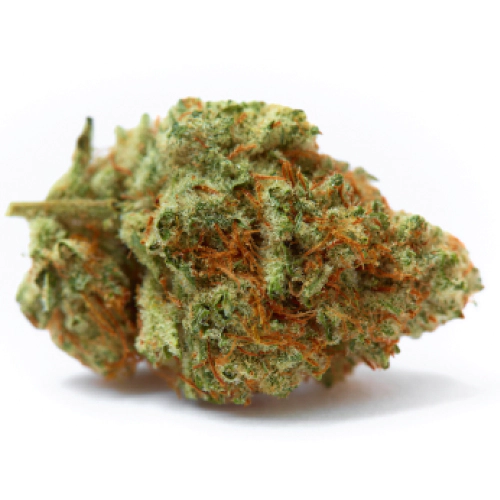
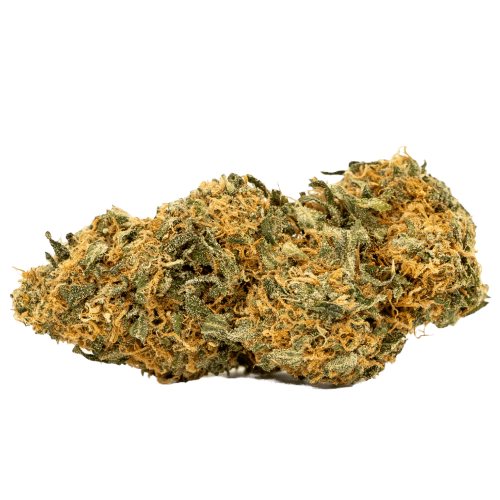

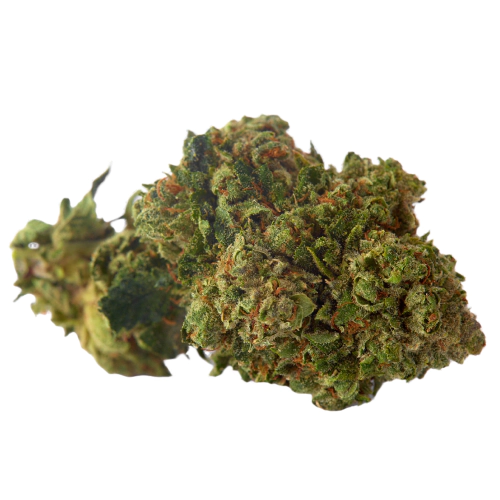
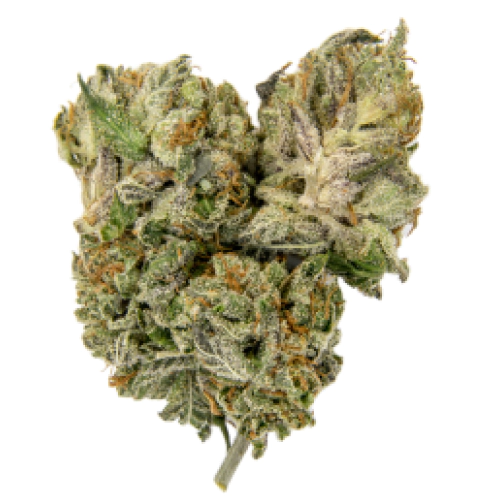
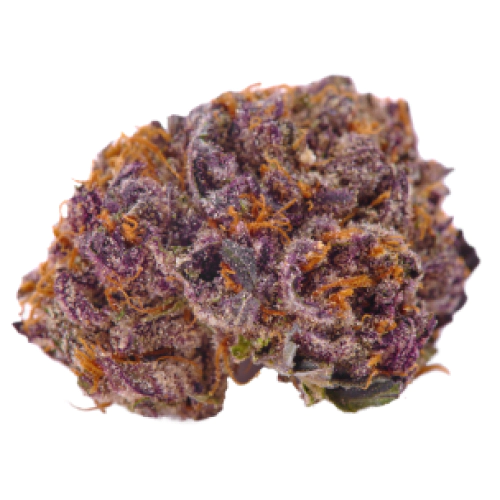

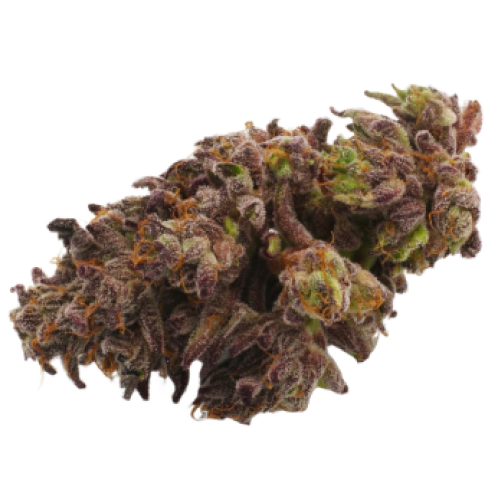
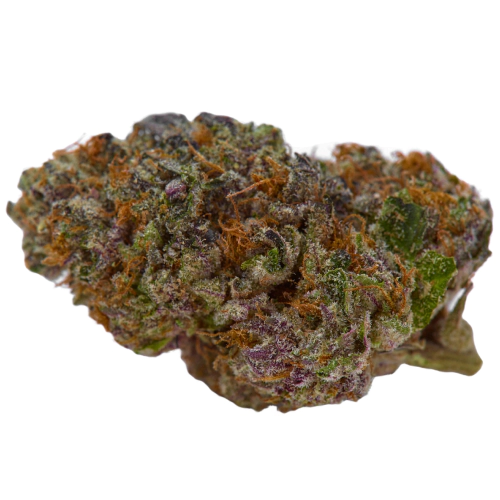
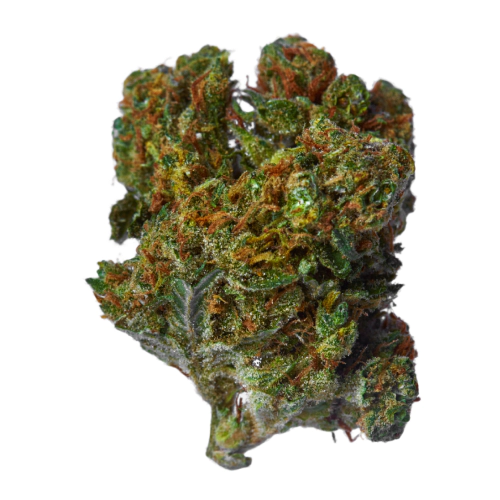

Be the first and share your opinion
Write a Review